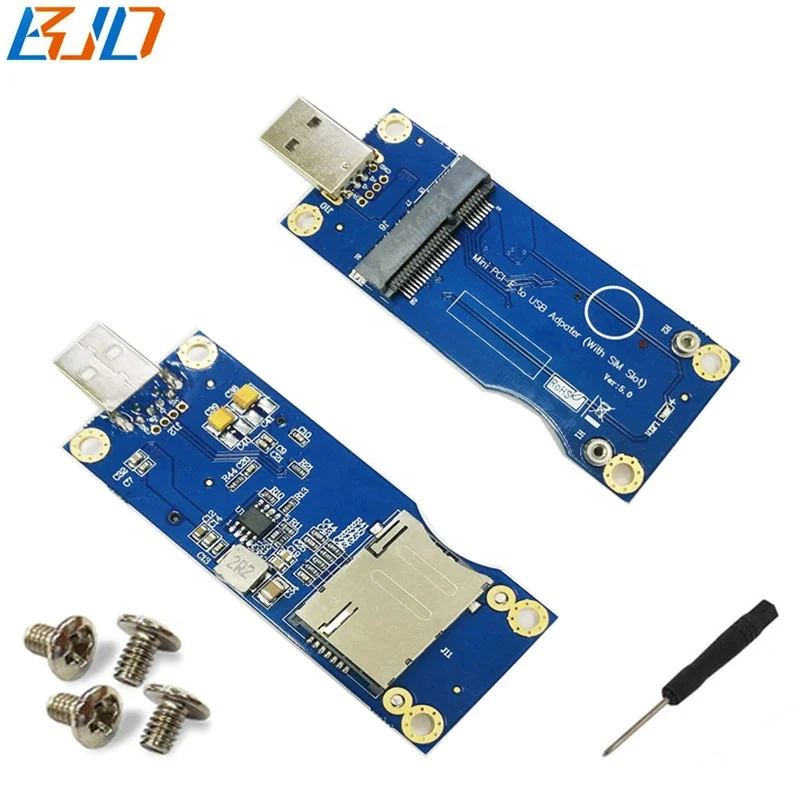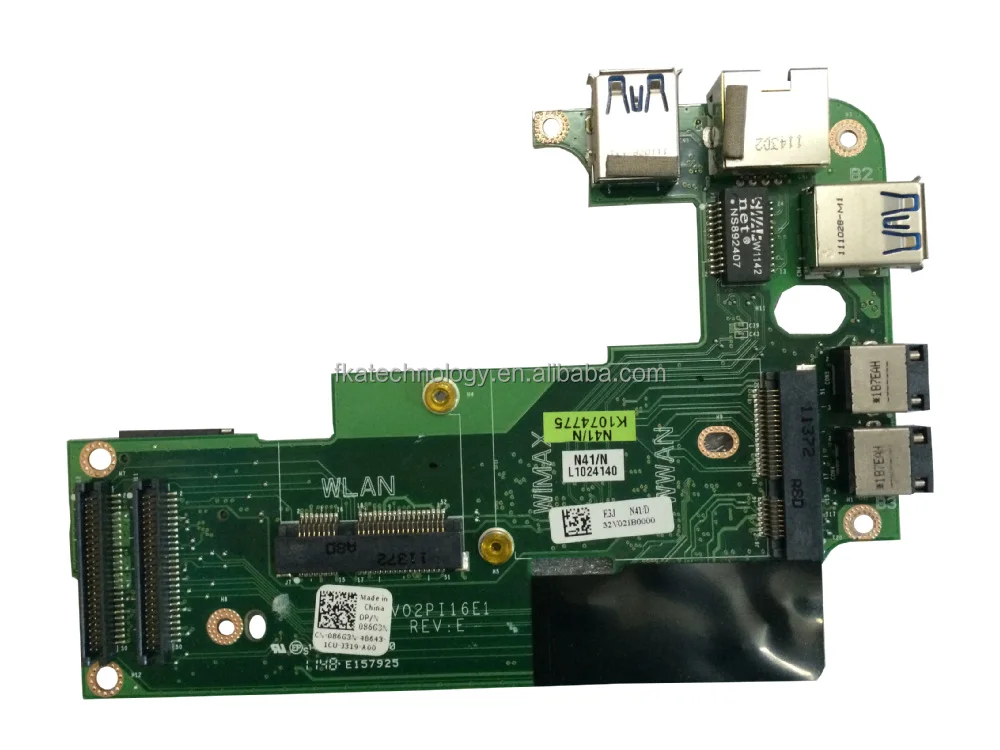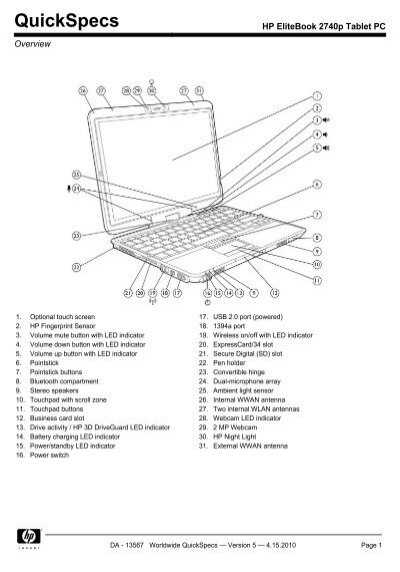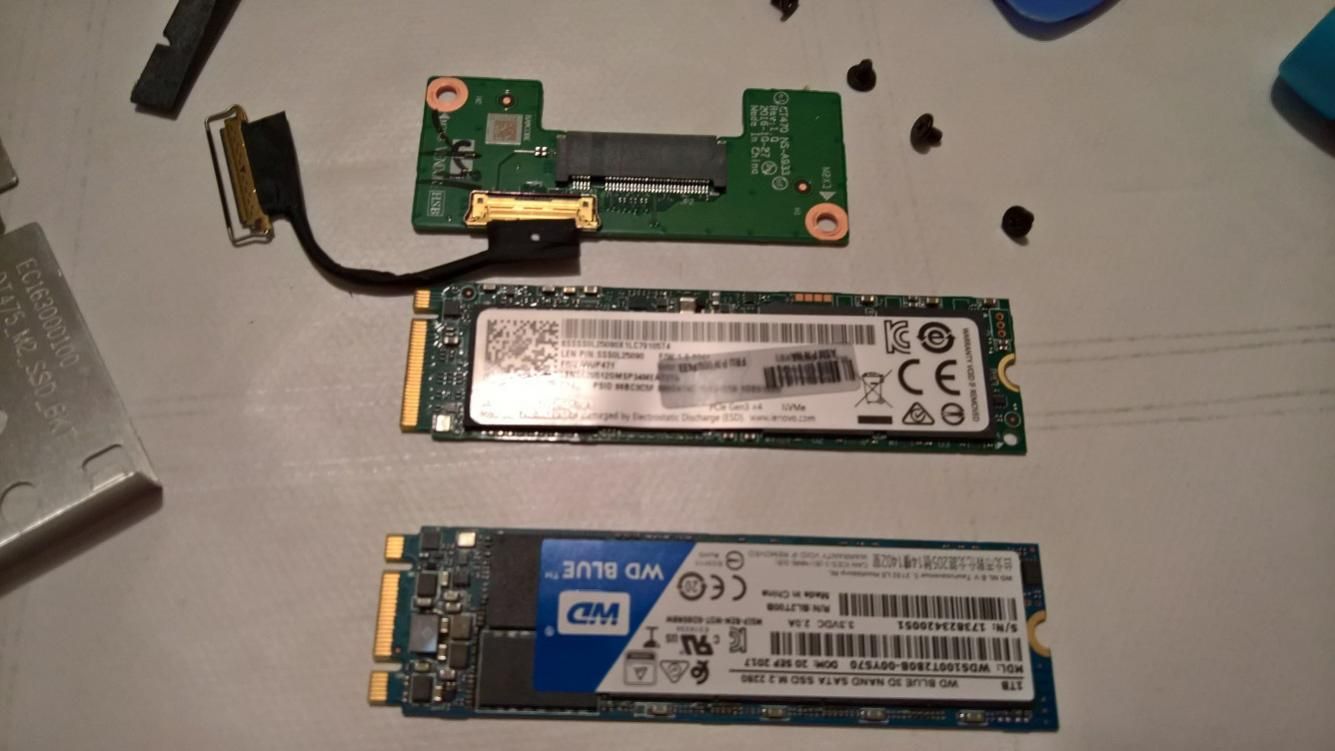Wlan In Wwan Slot
PC Learning Center

- Browse Products
- How-to topics
Explore
There are actually three slots for mini cards on the M6400, WWAN, WPAN, & WLAN. Sprint/Verizon card goes in the WWAN slot. You can put a Turbo Memory Readyboost card in the WPAN slot. WWAN means Wireless Wide Area Network. If your computer has no wwan option, it means that you cant use the usb-type internet, the ones that idea and reliance have come up with. There is no slot for the internet card on your comp. But you can use WLAN which is the normal wireless network. Unlike a wireless local area network (WLAN), a connection made through a WPAN involves little or no infrastructure or direct connectivity to the world outside the link. This allows small, power-efficient, inexpensive solutions to be implemented for a wide range of devices. The main difference between WLAN and WWAN is their coverage. WLAN stands for Wireless Local Area Network, and it typically covers a small area like a home or an office. On the other hand, Wireless Wide Area Network or WAN covers a much larger area that is outside the scope of a WLAN. It can range from a block to an entire town. Note: There was a thread on this Forum with a posting of the exact differences between the two slots, because it had come up that a WWAN card (Sierra Wireless MC5720) would not work in the WLAN slot and/or WLAN card would not work in the WWAN slot. The two slots were not symmetric, and the difference was more than just how the BIOS treated them.
Create
Support & Drivers


http://h71036.www7.hp.com/hho/us/en/article-ratings-submission-test.html |
Introduction
If you want to use your laptop PC to wirelessly connect to the Internet1 you have two options: WLAN2 (Wireless Local Area Networks) and WWAN3 (Wireless Wide Area Networks). But what’s the difference between the two? And which connection will work best for your needs?
Ready to shop?
A detailed look at both options
WLAN and WWAN both connect you to the Internet wirelessly, but they use different technology to do it. WLAN is intended for “local” use (the “L” in WLAN). Also referred to as Wi-Fi, it’s probably the most common way to wirelessly connect to the Internet. WWAN is a mobile broadband3 option that covers a “wide” area (the “W” in WWAN). You may have heard it called a “3G” or in some areas a “4G” network.
Comparison
Imagine the two wireless options as if they were phone connections instead of Internet.1 WLAN is like your home phone. You can use it as long as you’re in or around your house or wherever the WLAN router (“hot spot”) is located. It’s generally affordable, and if needed you can use a pay phone when you’re away from home.
WWAN, on the other hand, is like your cellular phone. You can use it anywhere you have coverage—in a car, an airport, or a sporting event. WWAN uses cellular service, provided by mobile operators, so it requires a monthly subscription fee or “session-based pricing.”
Local vs. wide area
Both connections have their advantages and downsides.
WLAN
+ Most computers come with WLAN technology built in
+ It’s easy and affordable to set up a WLAN network in your home using a router and Internet service provider (ISP)
+ WLAN connections are commonly found in homes, offices, hotels, coffee shops and airports and are sometimes free to use
+ WLAN keeps you constantly connected to your network as your move around your house or network area
+ With WLAN it’s easy for small businesses to grow and connect more users without adding wires
+ WLAN is typically faster than WWAN
– The area covered by WLAN is fixed and typically small
– Because WLAN uses radio waves, signal strength can sometimes be compromised
– When WLAN is not free, users must usually purchase usage in 24-hour increments, knowing they’ll often use only a few hours of that time.
WWAN
+ WWAN provides regional, nationwide and global wireless coverage
+ Insert the WWAN card from your service provider or even easier, select a notebook with built-in WWAN technology (such as an HP Mobile Broadband card) and then contract with a service provider
+ WWAN provides better security than WLAN thanks to built-in 128-bit encryption4
+ Utilize cellular technology to securely transfer data or connect to the Internet4
+ Ideal for users away from home needing to connect virtually anywhere in their coverage area
– ISP contract may cost more than WLAN for those who rarely need or use wireless Internet access
– Replacing a lost external WWAN card can be costly (a built-in version may be a better choice)
Which connection is right for you?
Home users – If most of your computing is done in your home WLAN is usually the best choice.
Students – Since most universities provide Internet service on their campus, WLAN may be the best option.
Travelers – If you’re constantly on the road for business or pleasure and can’t be without your web connection, WWAN is right for you.
Netbook users – HP Mini netbooks come with built-in WLAN capability2 but if you want Internet connections beyond hotspots, you may want to order an HP Mini with built-in mobile broadband.3
Getting started
If your laptop has a built-in wireless card all you need is an ISP, a modem (sometimes provided by the ISP) and a router.
Today’s HP mobile broadband laptops allow you to purchase a system with WWAN already built in. Or, for select models, you can add an after-market WWAN kit that is easily installed. You can connect to a WWAN network anywhere within your wireless carrier’s coverage map (Sprint, Verizon Wireless or AT&T in the U.S.).
- 1 Internet access is required; sold separately.
- 2 Wireless access point and Internet service required and not included. Availability of public wireless access points limited.
- 3 Broadband use requires separately purchased service contract. Check with service provider for coverage and availability in your area.
- 4 WWAN connections have built-in 128-bit encryption, so the risk of data interception, theft, and modification is significantly reduced. This is the same level of encryption used throughout the internet, and for governmental, banking, and military applications.

A Wireless Wide Area Network or WWAN is a way to connect to the Internet without wires, achieved using cellular tower technology. Cellular service companies offer this type of connection for a monthly fee, or alternately on a pay-as-you-need-it basis. The connectivity allows a user with a laptop and a special card to surf the Internet, check email, or connect to a Virtual Private Network (VPN) from anywhere within the regional boundaries of cellular service.
As people become more dependent on online technology to conduct business and keep information flowing, wireless connectivity has become a virtual necessity. Many hotels and communities offer local connectivity, but coverage is often spotty or nonexistent. WWAN can all but guarantee connectivity when the user needs it.
To take advantage of this technology, a user must first purchase a WWAN PC card for his or her laptop unless the connectivity is built-in. By purchasing the card and paying a monthly fee, the user only needs to slip the card into the PC-card slot (sometimes known as the PCMCIA slot) to access the service. Plans vary among providers but most are rated according to data download caps.
In some cases, a person may not require 24/7 access to the service, but would like to use it occasionally when free local networks are not available. Some providers have plans that allow users to pay by the day for connectivity. By using the WWAN card, the person commits to a small charge, securing a 24-hour pass. At the end of the 24-hour period, the user can no longer connect, unless he or she purchases another pass.
As an alternate to a WWAN card, it is possible to connect some cell phones directly to a laptop using a Universal Serial Bus (USB) cable. The cell phone acts as a modem to patch the laptop into the Internet. This is only possible with certain phone models and plans, and the data transfer speed will be slower than connecting with a WWAN card. Before using this method, users should check with their cell phone provider to see what charges might apply, if any.
Wlan In Wwan Slot Adapter
While there are certainly less expensive ways to get wireless connectivity in many cases, few cover the territory offered by WWAN for those visiting, living, or working in remote or “nonwired” areas. The service is commonly available in regions where services like Digital Subscriber Line (DSL) and cable might not be. It can also be an international solution for global travelers, offering one more option for staying connected.